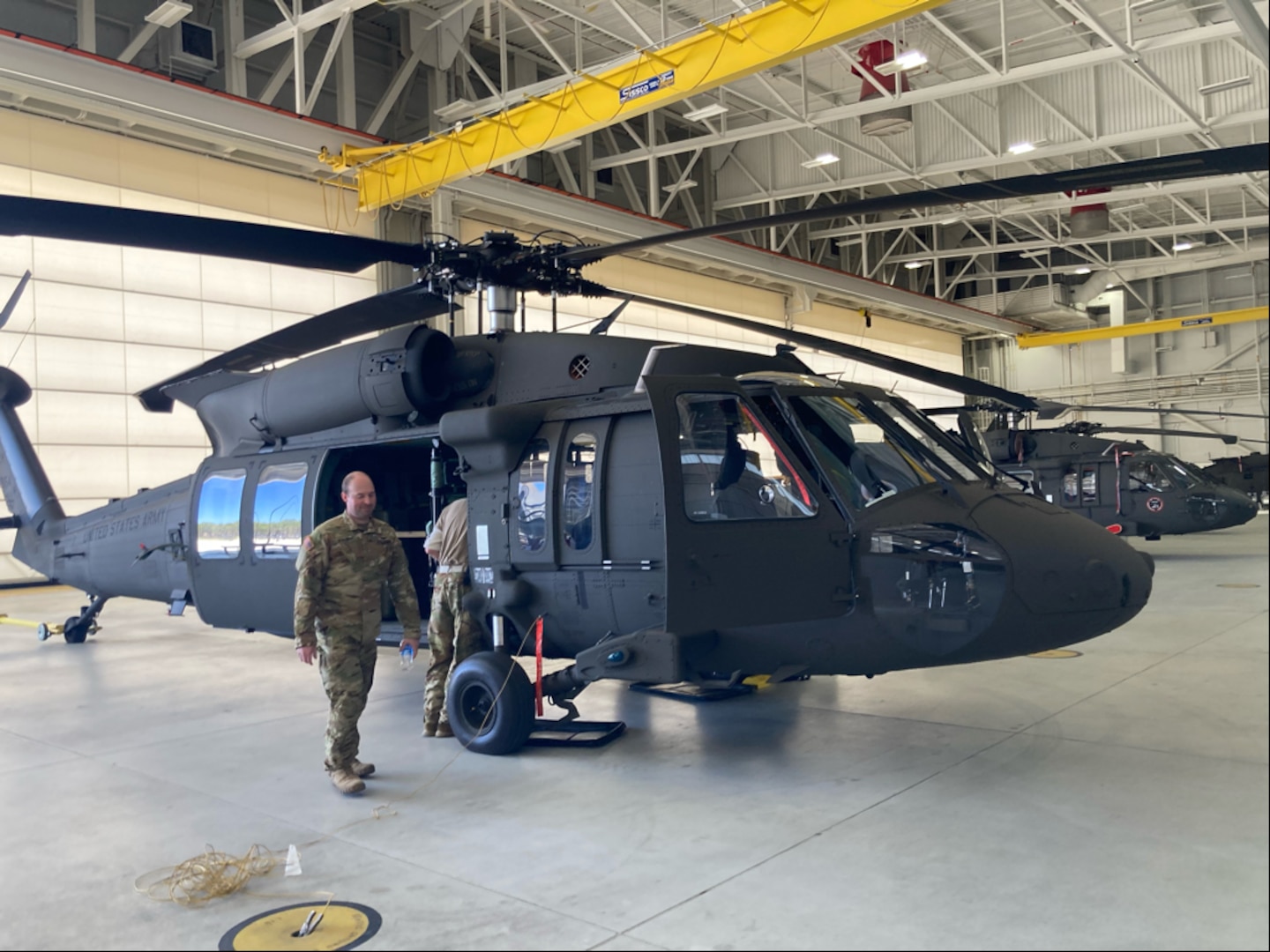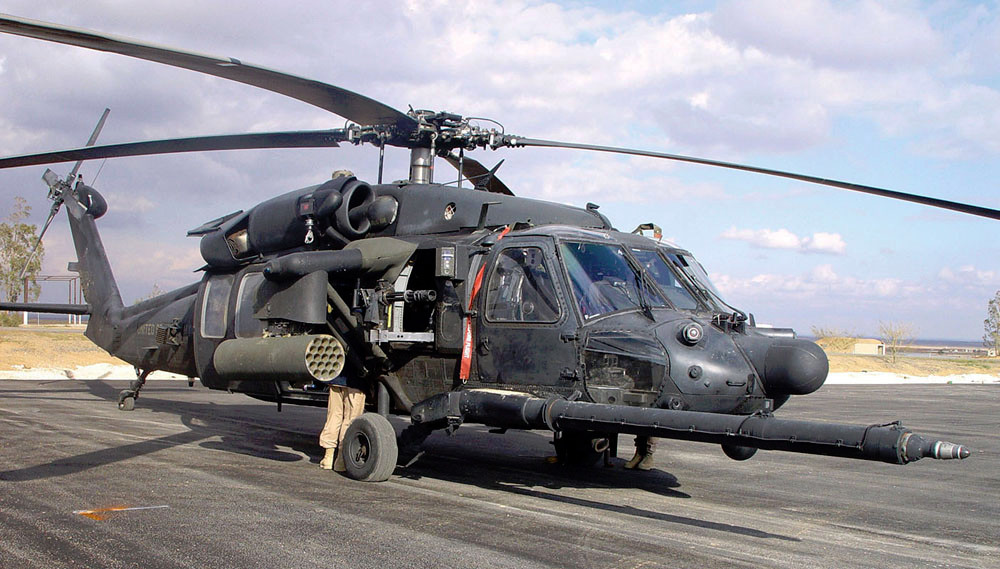Introducing the Power and Versatility of the Blackhawk Helicopter
The Blackhawk helicopter stands as a testimony to engineering excellence and army advancement, substantially forming the landscape of contemporary airborne procedures. Initially created in the late 1960s, this dual-engine aircraft has actually advanced into a complex system capable of implementing a variety of objectives, from tactical army deployments to urgent medical discharges. Its design integrates cutting-edge innovation and materials, enhancing both performance and survivability. As we explore its history and operational abilities, one must take into consideration just how the Blackhawk continues to affect modern battle strategies and humanitarian efforts alike. What does this mean for the future of military air travel?
History of the Blackhawk
The background of the Blackhawk helicopter is noted by substantial technological advancements and a calculated evolution in army aeronautics. Developed in the late 1960s by Sikorsky Aircraft, the UH-60 Blackhawk was initially conceived to replace the older UH-1 Iroquois, commonly called the "Huey." The Blackhawk's very first trip happened in 1974, and it was formally introduced to the united state Military in 1979.


This aircraft was created to meet the demanding demands of modern warfare, focusing on longevity, speed, and versatility (Blackhawk Helicopter). Its capacity to run in various settings, paired with advanced avionics and style functions, promptly established the Blackhawk as a necessary asset for armed forces procedures worldwide
Throughout the 1980s and 1990s, the Blackhawk saw comprehensive usage in numerous disputes, consisting of the Gulf War and altruistic goals. The helicopter's versatility enabled it to offer multiple roles, from troop transportation to medevac and logistical assistance. As technology advanced, so did the Blackhawk, causing countless variants that catered to certain mission demands. Today, the Blackhawk remains a legendary icon of army air travel, continually refined to satisfy contemporary difficulties.
Trick Features and Requirements
Blackhawk helicopters are renowned for their design excellence and functional adaptability, flaunting a series of essential functions and specs that enhance their performance in numerous army functions. One of the most substantial qualities is their dual-engine setup, commonly powered by the T700-GE-701C engines, which offer remarkable reliability and performance. The helicopter has an optimum cruise speed of around 150 knots and a service ceiling of about 20,000 feet, enabling it to operate efficiently in diverse environments.
The Blackhawk's airframe is created from innovative composite products and aluminum alloys, making sure a robust framework while minimizing weight. It features a fully expressed rotor system that gives premium dexterity and stability. The helicopter can suit as much as 11 battle troops or bring approximately 8,000 extra pounds of external freight, making it extremely adaptable for various missions.
In Addition, the Blackhawk is outfitted with innovative avionics and communication systems, enhancing situational recognition and mission coordination. Its ability to run in negative weather, combined with its low acoustic signature, makes it a sneaky option for tactical operations. On the whole, these functions add to the Blackhawk's credibility as a keystone of contemporary army aviation.
Versatile Operational Responsibilities
Distinguished for their engineering excellence and advanced capabilities, Blackhawk helicopters offer a wide range of functional roles within armed forces frameworks. Initially created for army transport, their adaptability has actually expanded, enabling them to do various goals efficiently.
Among the primary roles of the Blackhawk is as an utility helicopter, facilitating logistical assistance by delivering supplies and workers to and from remote places. In addition, they excel in medical discharge (MEDEVAC) procedures, outfitted with advanced medical tools and personnel to supply critical care in the area.
In combat situations, Blackhawks can run as armed escort systems, supporting ground forces by involving adversary possessions while guaranteeing army safety. Their capability for special operations makes them important; they can perform reconnaissance objectives, workers healing, and straight action raids, typically in high-threat settings.
Moreover, the Blackhawk's flexibility allows it to sustain altruistic objectives and disaster response initiatives, delivering aid and vital solutions in times of situation. This broad range of operational roles shows the Blackhawk helicopter's unparalleled convenience, declaring its condition as a vital asset in modern military procedures worldwide.
Technological Innovations
Many technological advancements add to the Blackhawk helicopter's remarkable performance and flexibility in varied operational settings. Among the most considerable advancements is its composite rotor blades, which improve lift and ability to move while reducing pop over here weight and upkeep demands. The blades system employs advanced materials that reinforce resilience and resist environmental deterioration, making sure dependable procedure in extreme problems.
Additionally, the Blackhawk is outfitted with a modern avionics suite that incorporates sophisticated navigating and communication systems - Blackhawk Helicopter. This includes GPS, radar, and multi-function screens that help with real-time situational recognition for pilots, contributing to goal success under difficult scenarios
Additionally, the helicopter's fly-by-wire control system permits specific handling and boosted responsiveness, supplying pilots with boosted control throughout complicated maneuvers. The unification of advanced engine innovation, such as the T700-GE-701C engine, further improves performance, offering enhanced power output and gas effectiveness.
Finally, modular layout concepts allow quick reconfiguration for various missions, from troop transportation to medical discharge, making the Blackhawk a flexible property in army and humanitarian procedures. These technical innovations collectively ensure that the Blackhawk stays an see page awesome presence in the skies.
Influence On Modern War

Furnished with sophisticated avionics and communication systems, the Blackhawk makes it possible for smooth sychronisation amongst ground and air units, ensuring prompt and accurate reaction to dynamic combat circumstances. Its adaptability enables for quick deployment in varied environments, from city setups to rugged surfaces, showing the multifaceted nature of contemporary warfare.
In Addition, the Blackhawk's premium rate and dexterity promote fast insertion and removal of personnel, minimizing exposure to enemy fire. Its ability to run in aggressive problems, coupled with advanced protective actions, improves survivability and objective success rates.
As modern problems increasingly count on joint operations and rapid response, the Blackhawk helicopter continues to be at the center of military strategy, personifying the development of air wheelchair and the important role of air power in achieving critical purposes. Its impact on contemporary war continues to redefine the abilities of militaries globally.

Verdict
To conclude, the Blackhawk helicopter exemplifies the intersection of innovative engineering and operational versatility, solidifying its standing as a keystone of modern-day armed forces aviation. Its historical value, impressive features, and versatility across different objective profiles emphasize its crucial role in modern war. As technical technologies remain to enhance its capabilities, the Blackhawk continues to be an essential asset for armed pressures around the world, showing unequaled performance in additional hints both battle and humanitarian operations.
The Blackhawk helicopter stands as a testament to engineering quality and armed forces technology, substantially forming the landscape of contemporary aerial procedures.The background of the Blackhawk helicopter is noted by considerable technological developments and a strategic evolution in armed forces aeronautics.Blackhawk helicopters are renowned for their design excellence and functional convenience, flaunting a variety of essential features and specs that boost their performance in different army duties.Many technical innovations add to the Blackhawk helicopter's exceptional efficiency and versatility in varied functional atmospheres.In conclusion, the Blackhawk helicopter exemplifies the junction of sophisticated design and operational versatility, solidifying its status as a keystone of modern armed forces aeronautics.